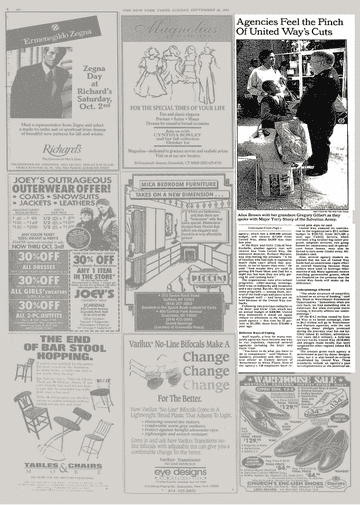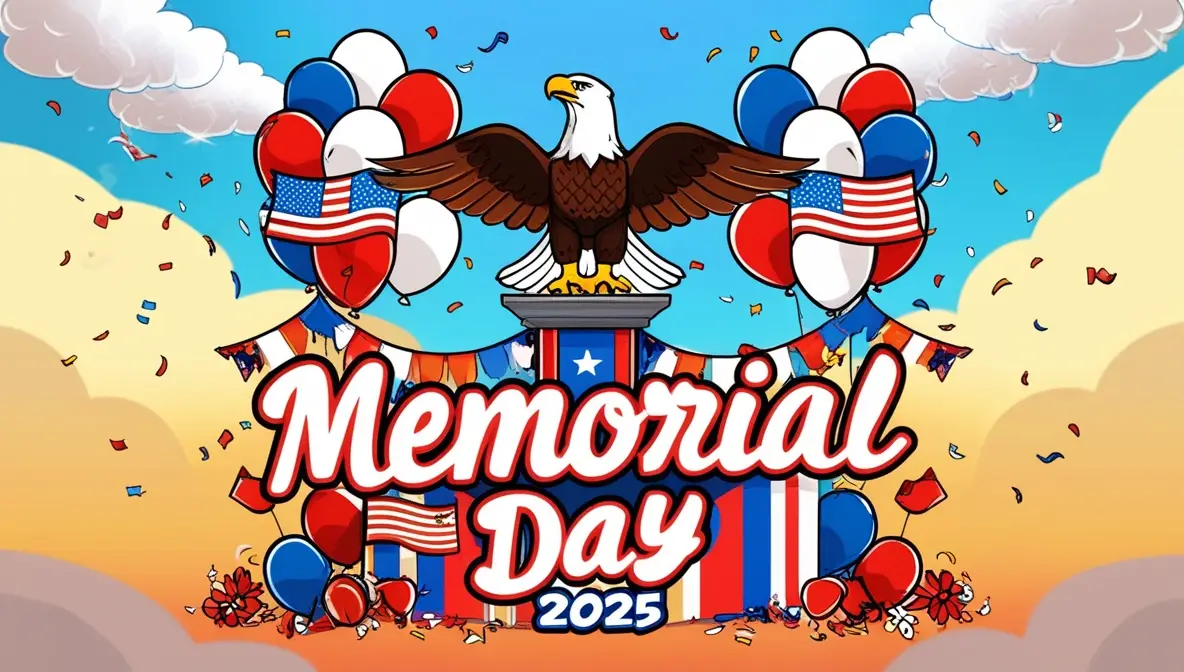Accessibility In Games: Feeling The Pinch Of Industry Cutbacks

Table of Contents
The Rising Costs of Accessibility Features
Implementing robust accessibility features adds considerable expense to game development. Creating truly inclusive games requires significant investment, often exceeding initial budget projections. The costs are multifaceted:
- Specialized software and tools: Developing and integrating features like screen readers, custom controller mappings, and dynamic subtitle generation requires specialized software and expertise, adding significant costs to the development pipeline. This includes licensing fees and potentially the need for bespoke solutions.
- Extensive playtesting with diverse players: Effective accessibility testing requires engaging players with a wide range of disabilities to identify and address usability issues. This involves recruiting participants, conducting play sessions, and analyzing feedback—a resource-intensive process.
- Dedicated accessibility programmers and designers: Building accessible games isn't simply a matter of adding a few options; it requires specialized skills and knowledge. Employing dedicated accessibility professionals adds to the overall project budget.
- Ongoing maintenance and updates for accessibility features: Accessibility is not a one-time fix. Ongoing maintenance and updates are crucial to ensure compatibility with evolving technologies and address any newly discovered issues. This requires dedicated resources and time.
These costs can be prohibitive for smaller studios, and even large companies facing budget constraints may find themselves forced to make difficult choices, often prioritizing core gameplay mechanics over accessibility.
Prioritization of Accessibility During Development
When budgets are tight, accessibility often falls to the bottom of the priority list. It frequently becomes one of the first features sacrificed to meet deadlines and stay within budget. This prioritization leads to several negative consequences:
- Focus shifting towards core gameplay mechanics: Limited resources often force developers to focus on the core gameplay loop, sacrificing time and budget allocated for accessibility features.
- Limited resources for quality assurance testing of accessibility features: Inadequate testing leads to a greater likelihood of bugs and usability issues impacting players who rely on these features.
- Post-launch patches fixing accessibility issues are often delayed or omitted: Fixes for accessibility problems discovered post-launch often get deprioritized, leaving players with a less-than-optimal experience.
This prioritization significantly impacts player experience and inclusivity, leaving many gamers feeling excluded and unheard.
The Impact on Different Player Groups
Budget cuts negatively affect various player groups with different disabilities:
- Visual impairments: Reduced funding impacts the development of crucial features like screen readers, high-contrast modes, and customizable colorblind settings.
- Auditory impairments: Subtitles, audio descriptions, and clear audio cues are often cut back, severely limiting the game's accessibility for deaf and hard-of-hearing players.
- Motor impairments: Customization options for controllers, support for adaptive controllers, and alternative input methods are often compromised, excluding players with limited mobility.
- Cognitive impairments: Features like adjustable difficulty levels, simplified user interfaces, and clear instructions frequently get reduced or removed, excluding players with cognitive differences.
The negative consequences are far-reaching, creating a less inclusive gaming environment where many potential players are unable to fully participate.
The Role of AAA vs. Indie Developers
AAA and indie developers face different challenges regarding accessibility:
- Resource disparity impacting accessibility implementation: AAA studios generally have larger budgets, but even they may struggle to balance the costs of accessibility with other development priorities. Indie developers often face more significant resource constraints, limiting their ability to implement extensive accessibility features.
- Community involvement and feedback in indie game development: Indie developers often foster closer relationships with their communities, allowing for greater feedback and integration of accessibility requests. This community involvement can lead to more creative and effective, yet potentially less resource-intensive, accessibility solutions.
- Potential for innovative and cost-effective accessibility solutions in indie games: The smaller scale of indie projects sometimes allows for more agile and experimental approaches to accessibility, potentially leading to innovative and cost-effective solutions.
While AAA studios face challenges related to scale and budget, indie developers highlight the potential for creative and cost-effective accessibility through strong community engagement.
Conclusion
This article highlighted the concerning impact of budget cuts on accessibility in games. The increasing costs of implementing accessibility features, combined with their frequent deprioritization, create significant barriers for players with disabilities. This disproportionately affects individuals with diverse needs, resulting in a less inclusive gaming environment. While AAA studios grapple with the challenges of scale, indie developers demonstrate the potential for innovative, cost-effective solutions.
The future of accessible gaming hinges on a renewed commitment from developers, publishers, and the gaming community. We must advocate for increased funding and prioritization of accessibility in games, ensuring that all players, regardless of ability, can experience the joy and immersion gaming offers. Let's demand better – let's make accessible gaming a reality for everyone. Let's champion inclusive game design and ensure that every gamer feels welcome and included.

Featured Posts
-
 100 Test Wickets Blessing Muzarabanis Ambitious Goal
May 23, 2025
100 Test Wickets Blessing Muzarabanis Ambitious Goal
May 23, 2025 -
 Trumps Air Traffic Plan Newark Airports Recent Problems Explained
May 23, 2025
Trumps Air Traffic Plan Newark Airports Recent Problems Explained
May 23, 2025 -
 Succession On Sky Atlantic Hd Character Analysis And Season Recaps
May 23, 2025
Succession On Sky Atlantic Hd Character Analysis And Season Recaps
May 23, 2025 -
 Close Contest Bangladeshs Fightback In First Test Against Zimbabwe
May 23, 2025
Close Contest Bangladeshs Fightback In First Test Against Zimbabwe
May 23, 2025 -
 The Ronaldo Saga Continues Castros Strong Words For Ten Hag
May 23, 2025
The Ronaldo Saga Continues Castros Strong Words For Ten Hag
May 23, 2025
Latest Posts
-
 The Last Rodeo Review A Gripping Bull Riding Drama
May 23, 2025
The Last Rodeo Review A Gripping Bull Riding Drama
May 23, 2025 -
 Top Deals On Memorial Day 2025 Shopping Editors Selections
May 23, 2025
Top Deals On Memorial Day 2025 Shopping Editors Selections
May 23, 2025 -
 Expert Curated Memorial Day Sales And Deals For 2025
May 23, 2025
Expert Curated Memorial Day Sales And Deals For 2025
May 23, 2025 -
 Memorial Day 2025 Find The Best Sales And Deals Here
May 23, 2025
Memorial Day 2025 Find The Best Sales And Deals Here
May 23, 2025 -
 Forbes Top Picks Memorial Day Appliance Sales 2025
May 23, 2025
Forbes Top Picks Memorial Day Appliance Sales 2025
May 23, 2025
